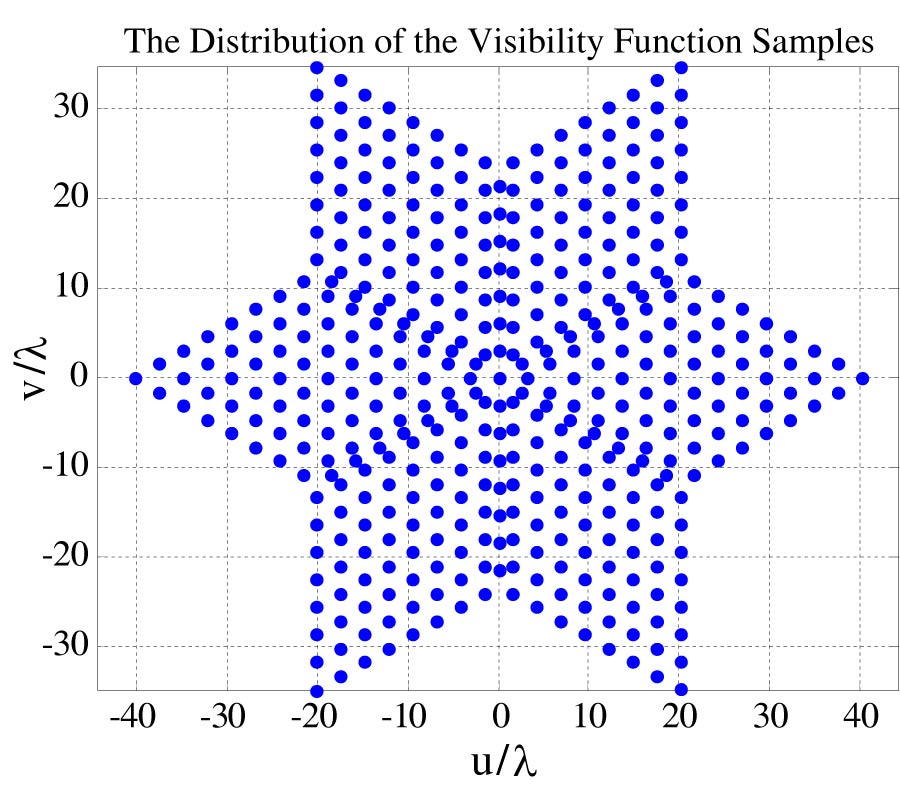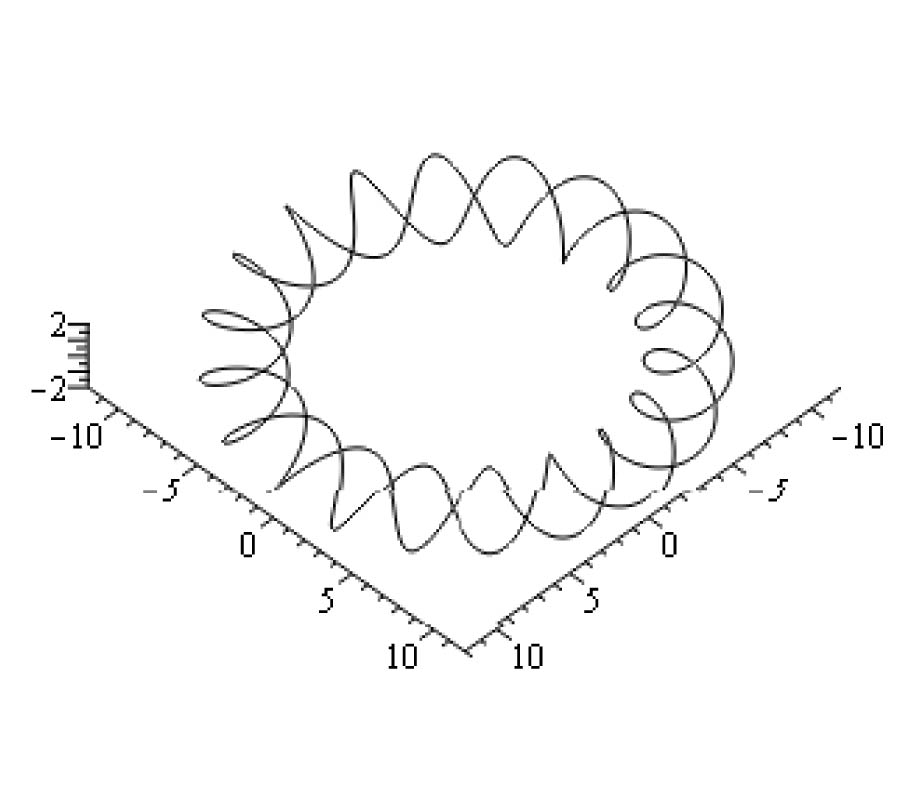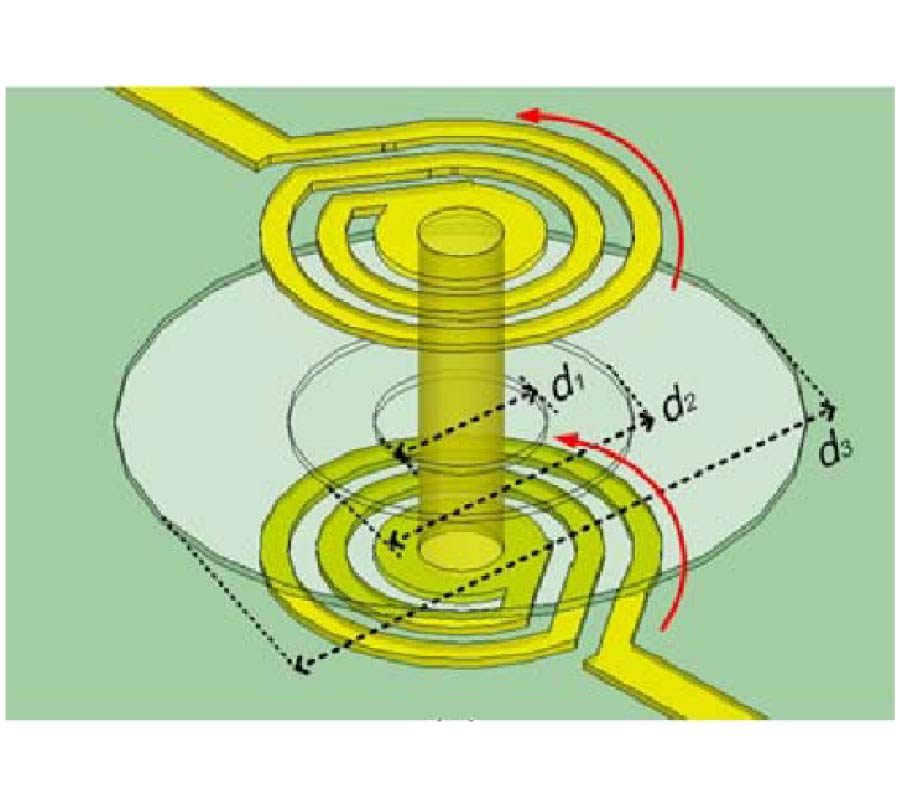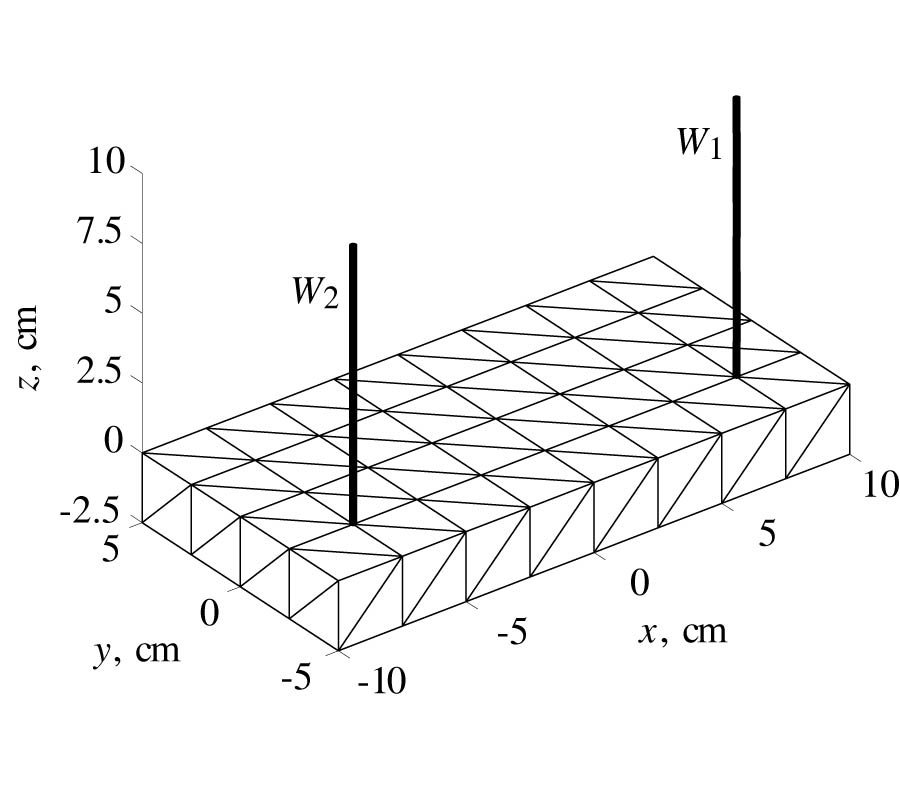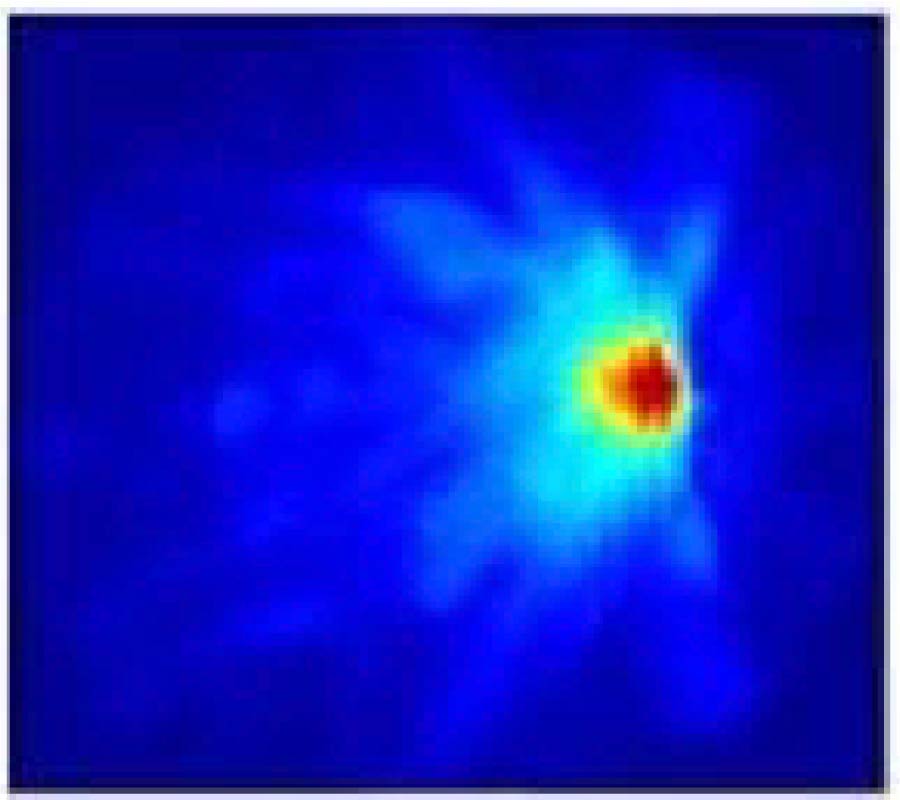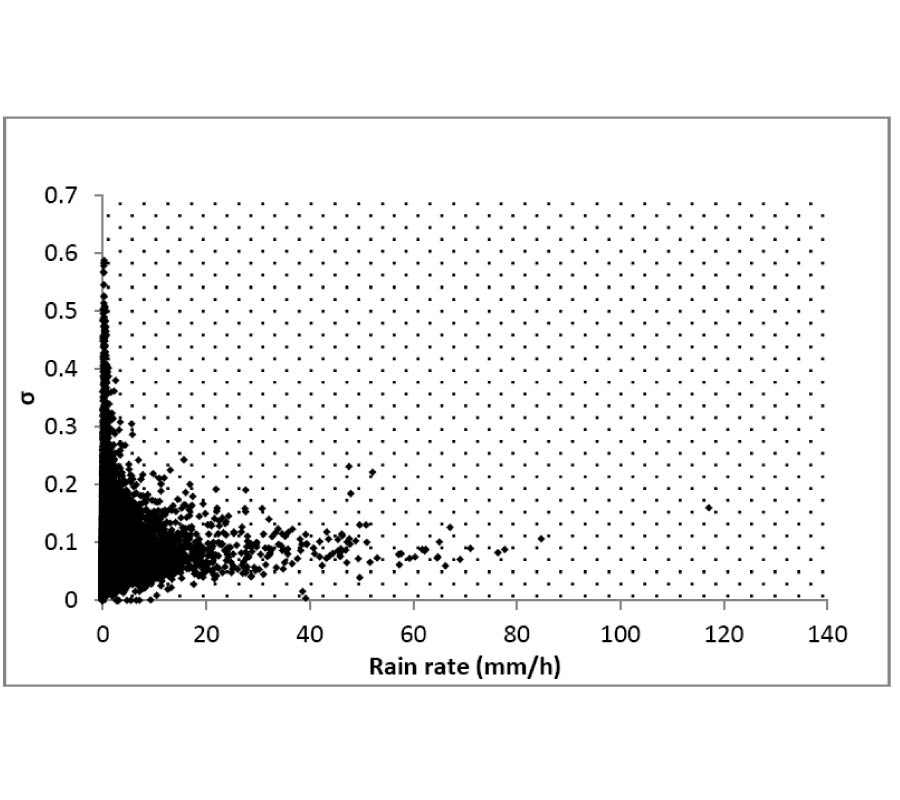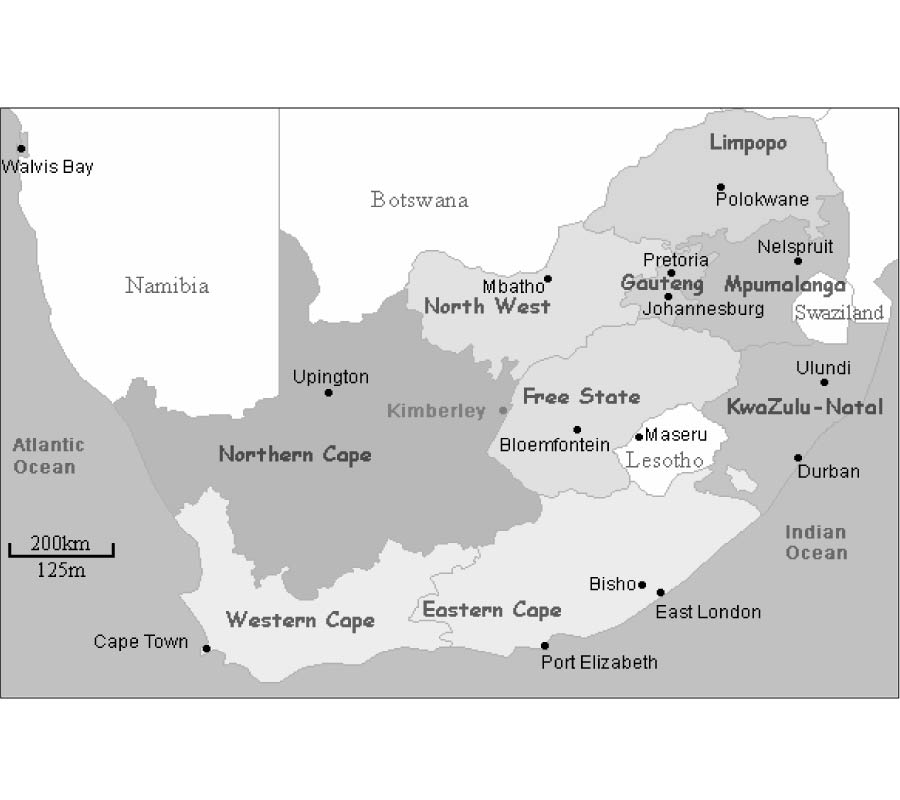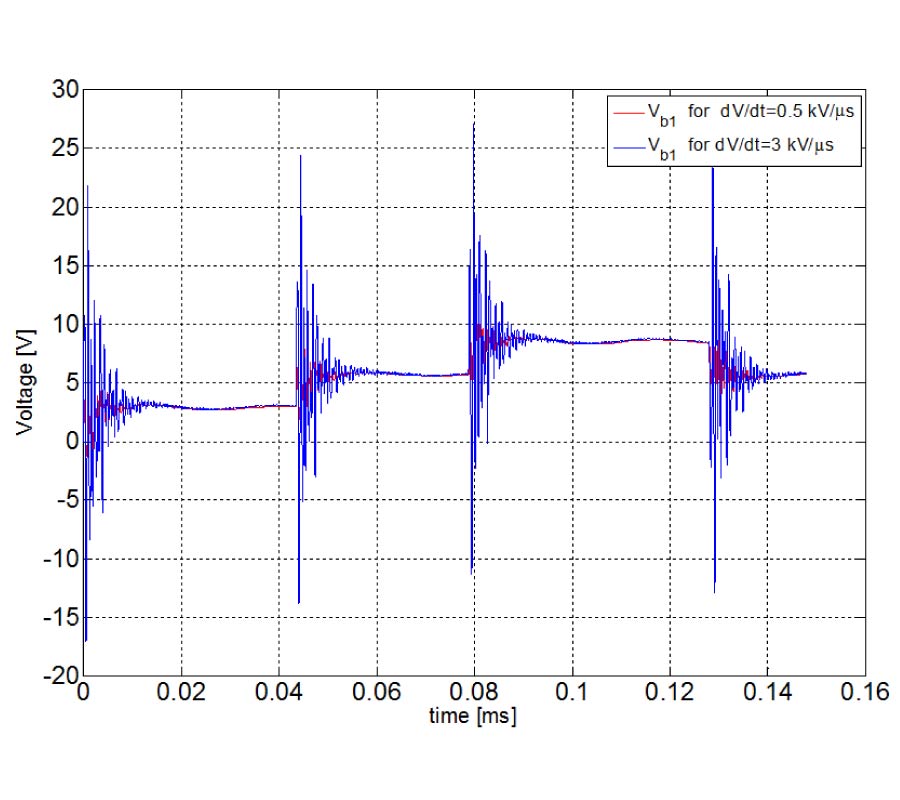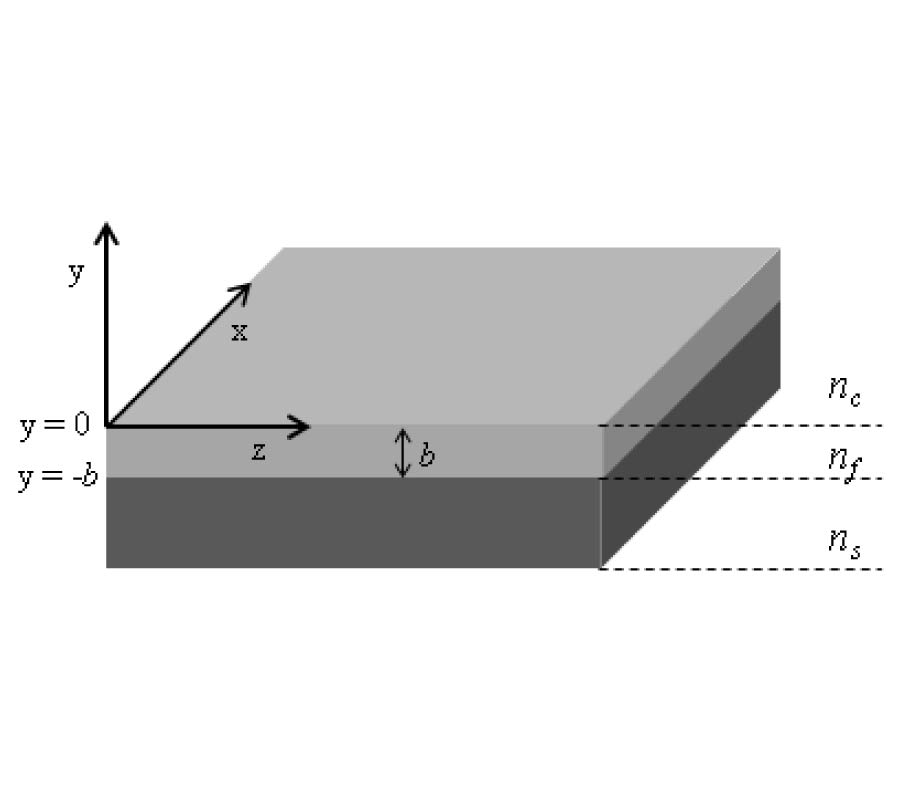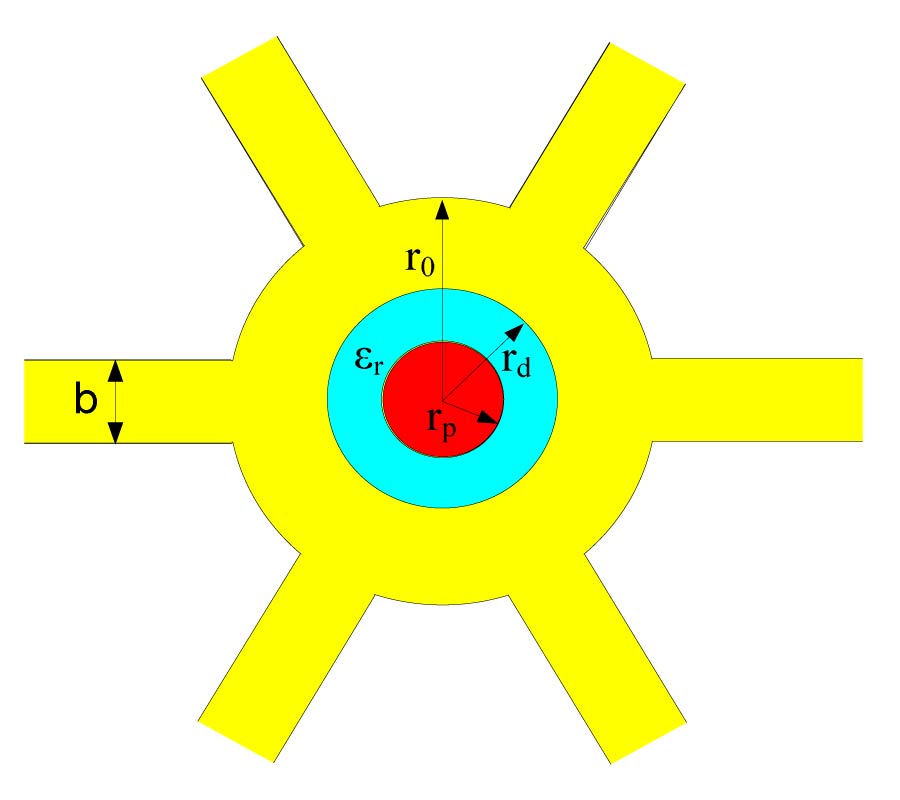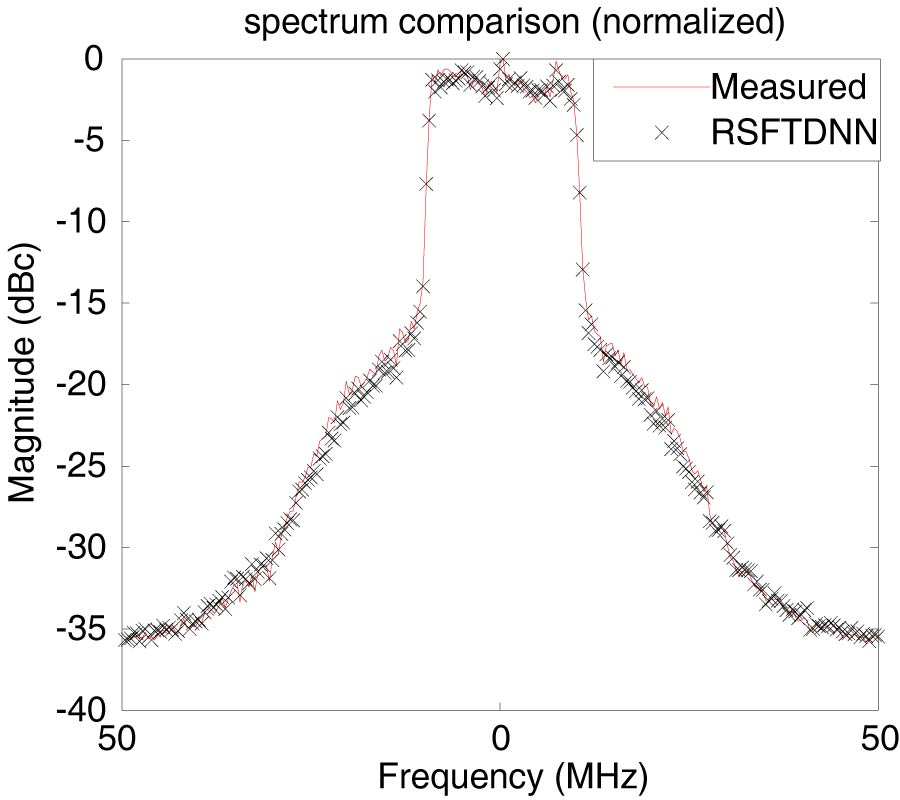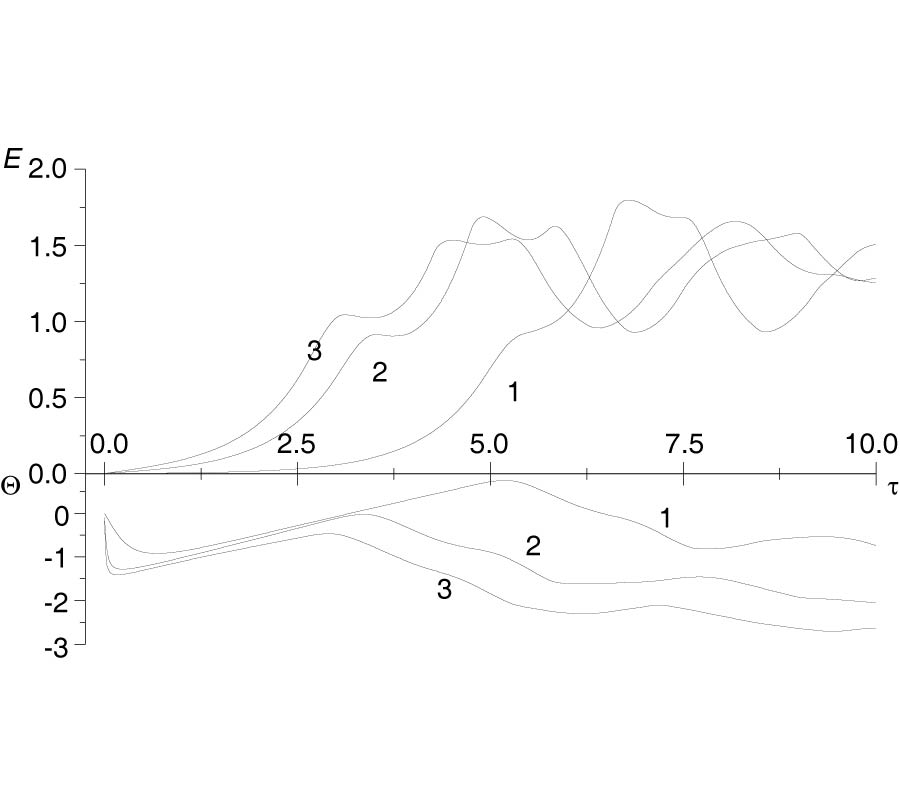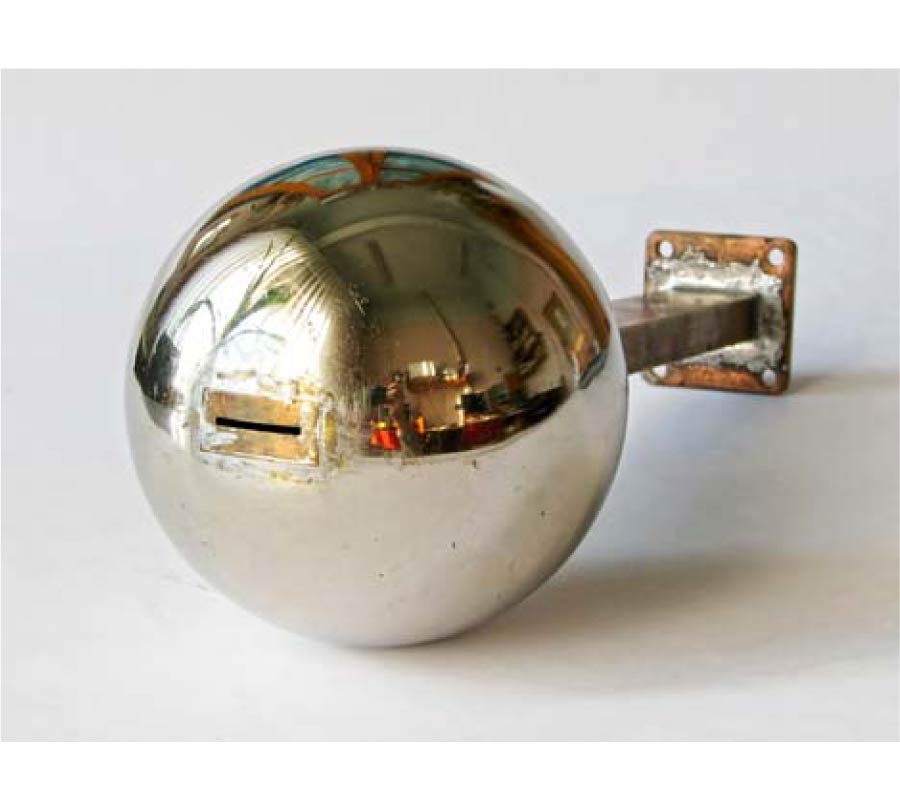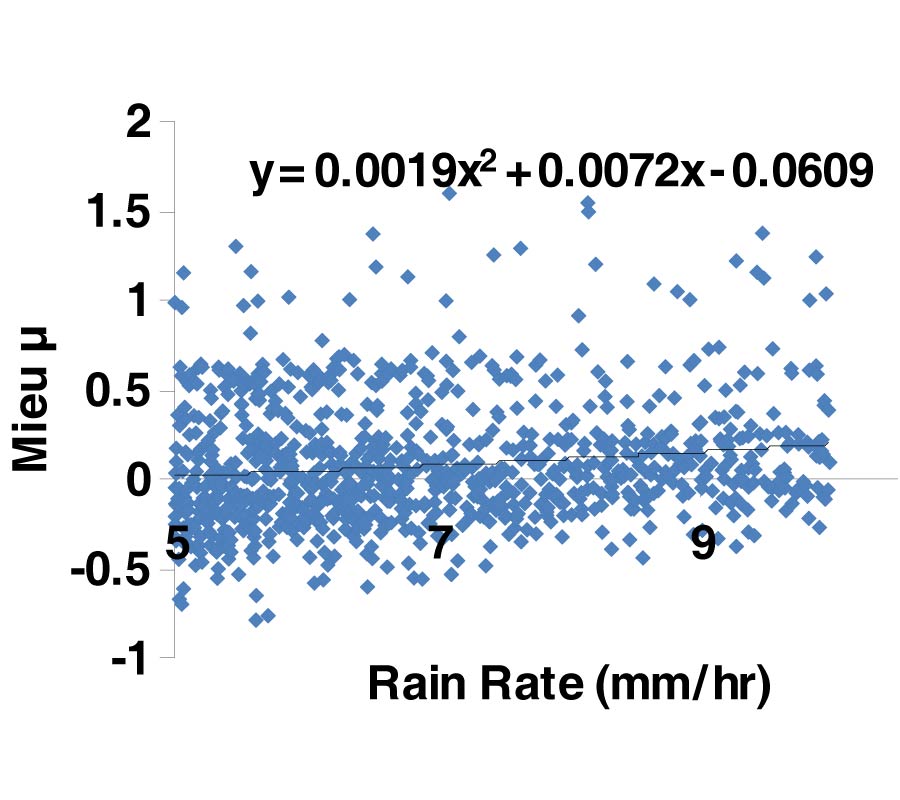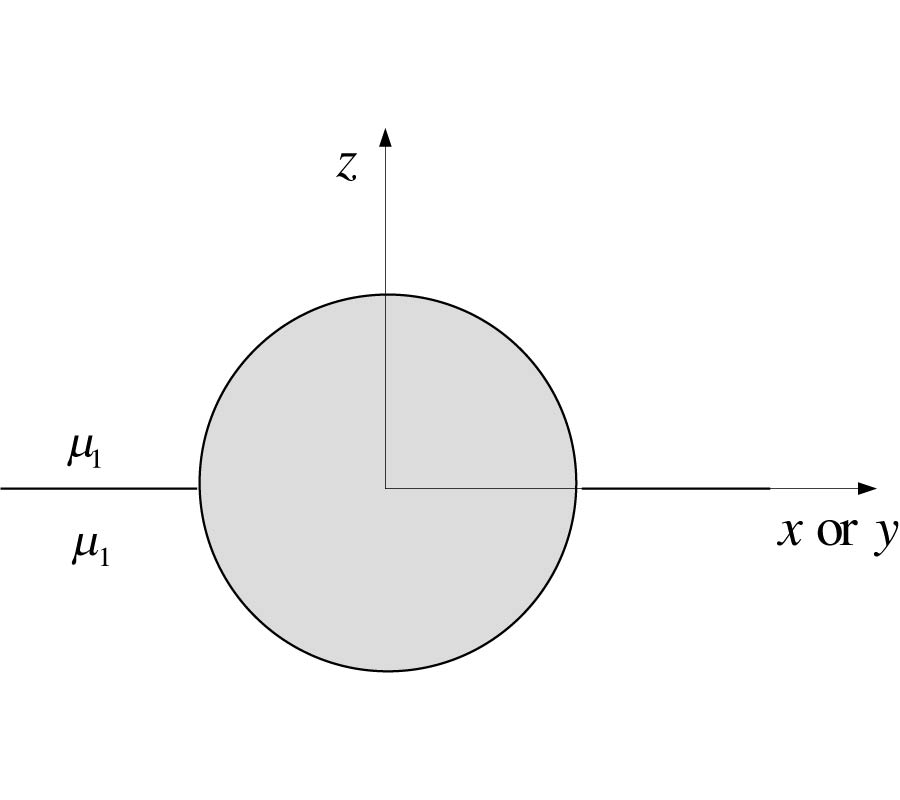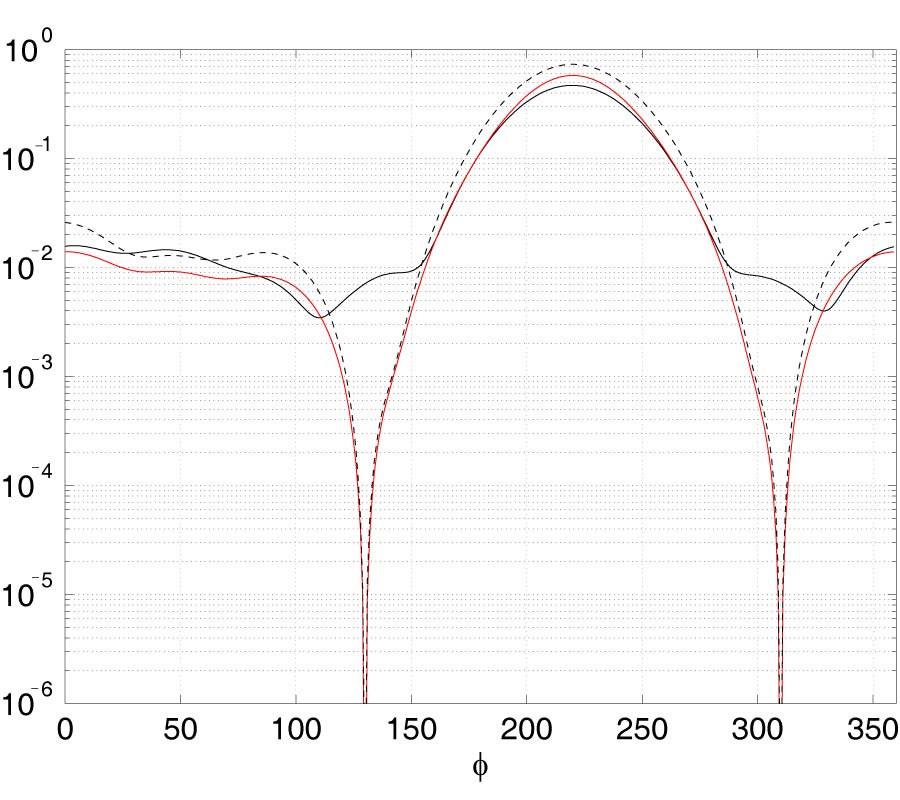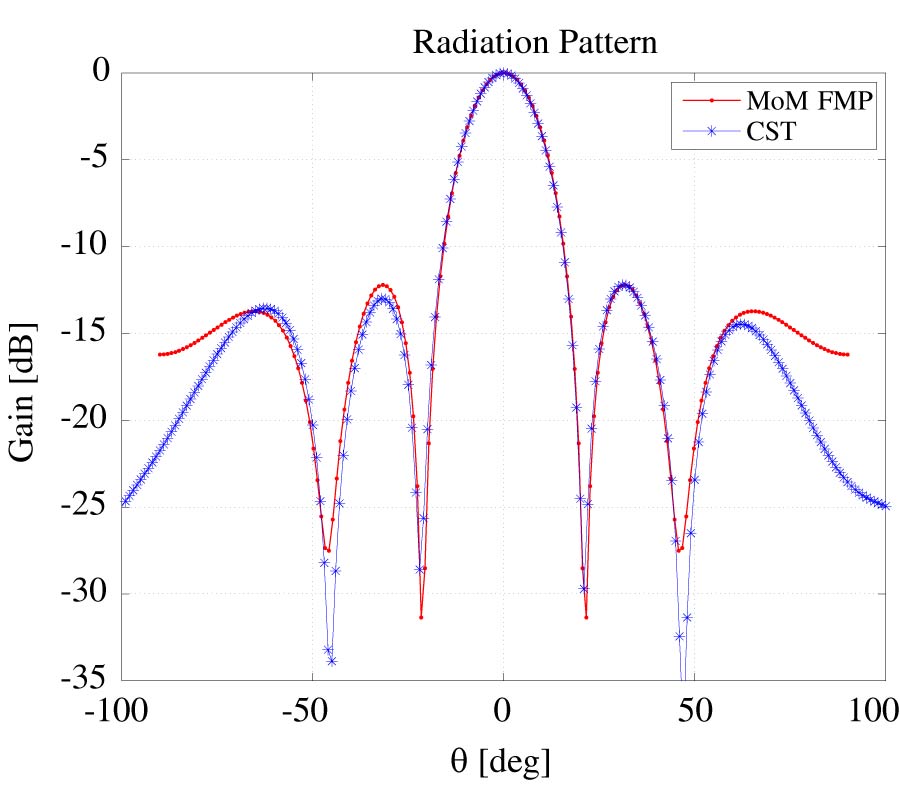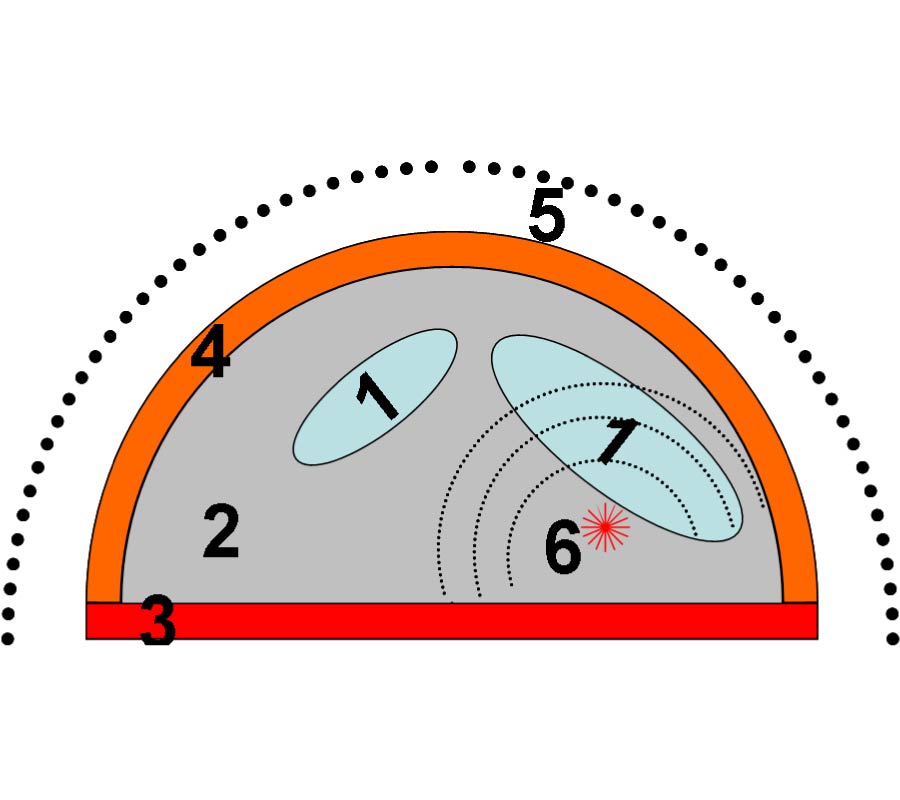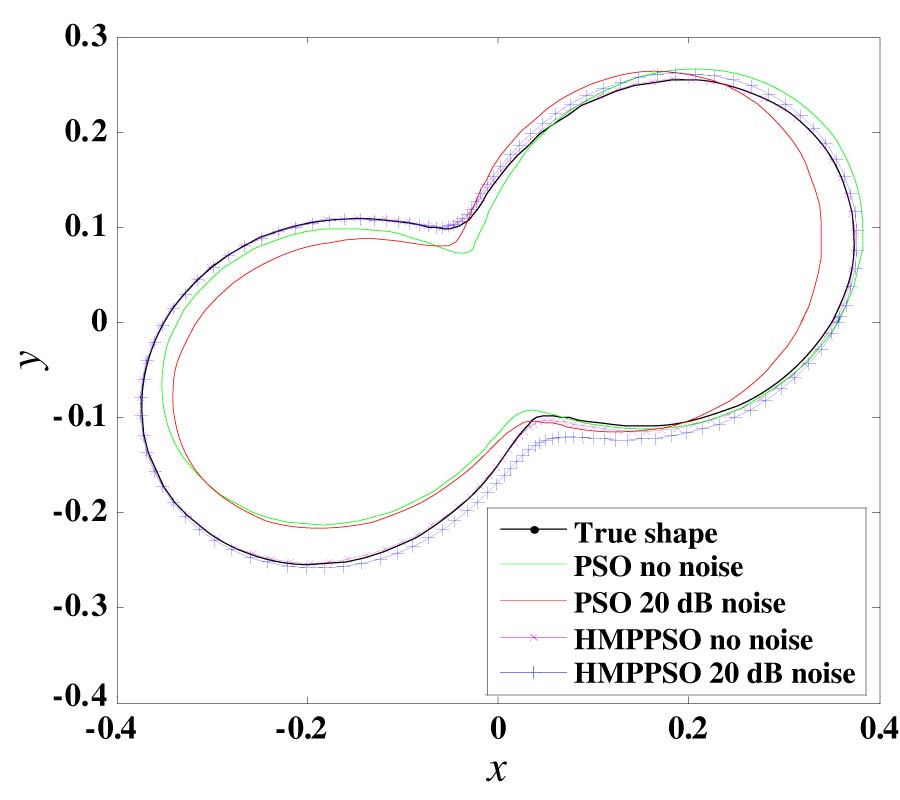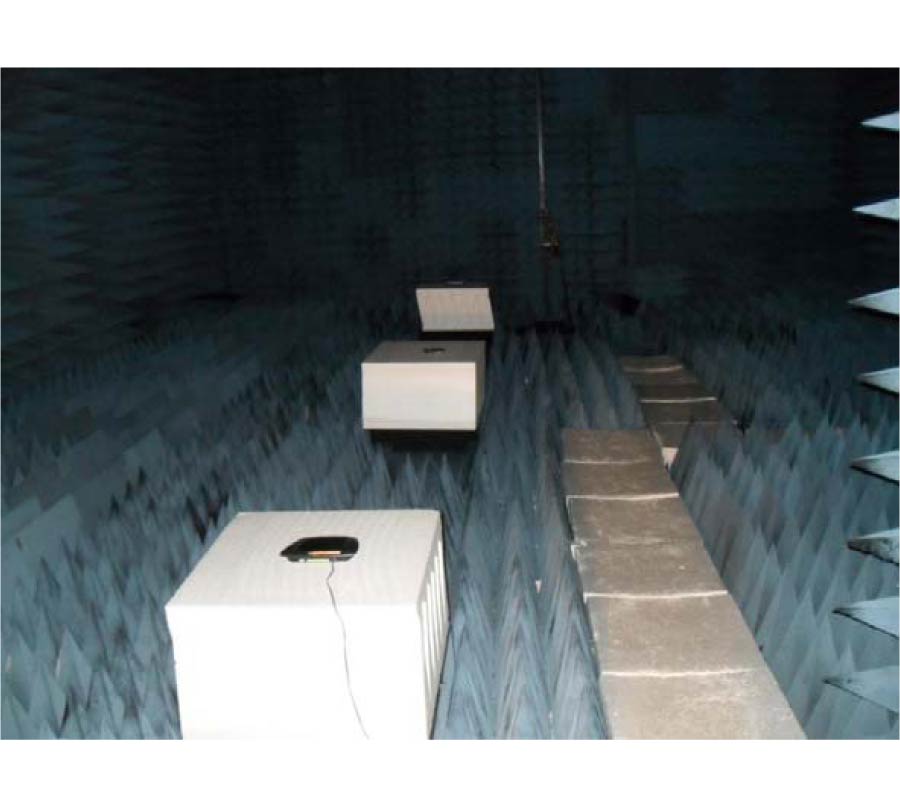2012-12-10 Latest Published
By Cheng Zheng
Xianxun Yao
Anyong Hu
Jungang Miao
Progress In Electromagnetics Research B, Vol. 46, 379-397, 2013
Abstract
An 8 mm-band passive millimeter-wave imager BHU-2D has been developed by Beihang University. This imager is designed for detecting concealed weapons on human body. The imager adopts two-dimensional synthetic aperture interferometric radiometer (SAIR) technique which avoids the radiation risk to human body. Compared with scanning technique, SAIR technique could obtain images of a larger field of view (FOV) while achieving high imaging rate, which are necessary for security monitoring. In this paper, the imaging principle of SAIR is stated firstly. Secondly, background cancellation method designed for BHU-2D is interpreted. The technique is used to reduce the complexity as well as the dimensional requirements of the receiving elements. Thirdly, system configuration is illustrated in detail. Then external point source calibration method is introduced and discussed specifically for security check applications. Finally, imaging experiments on a person with concealed weapon are conducted by which the design and image calibration algorithms are verified. To conclude, experimental results prove that BHU-2D could be employed in security check applications.
